Discover how to make authentic ancho beef with this step-by-step recipe. Includes precise ingredient measurements, cooking methods, and expert tips for smoky, flavorful beef every time.
Table of Contents
- Ingredients
- Why Ancho Chiles Matter
- Step-by-Step Instructions
- Best Cuts for Ancho Beef
- Pairing Suggestions & Serving Ideas
- Buying Guide: Finding the Best Ingredients
- Frequently Asked Questions (FAQs)
- Conclusion
Ingredients
- 2 lbs beef (brisket, chuck roast, ribeye, or skirt steak)
- 2 tbsp ground ancho chile
- 1 tbsp smoked paprika
- 1 tsp garlic powder
- 1 tsp onion powder
- 1 tsp ground cumin
- 1 tbsp brown sugar
- 1 tsp salt
- 1/2 tsp black pepper
Why Ancho Chiles Matter
Let's take a closer look at what makes ancho chiles so special:
- Flavor Profile: Smoky, sweet, slightly raisiny, with a gentle earthiness and moderate heat (1,000–2,000 Scoville units).
- Versatility: They work beautifully in rubs, sauces, marinades, and pastes.
- Heat Level: Mild enough for most palates but punchy enough to add interest.
The secret to great ancho beef lies in balancing the sweetness of the chile with complementary ingredients like garlic, cumin, brown sugar, lime juice, or even coffee for a deeper roast note.
Step-by-Step Instructions
- Prepare the Meat: Pat the beef dry with paper towels. This helps the rub adhere better.
- Mix the Rub: Combine ground ancho chile, smoked paprika, garlic powder, onion powder, cumin, brown sugar, salt, and black pepper in a bowl.
- Rub Generously: Massage the spice mix into the meat and refrigerate for at least 4 hours, preferably overnight.
- Cook It Right: Smoke low and slow (225°F/107°C) for 8–10 hours for brisket, or sear and roast for tender cuts like ribeye.
- Rest & Serve: Let it rest for 10–15 minutes before slicing against the grain.
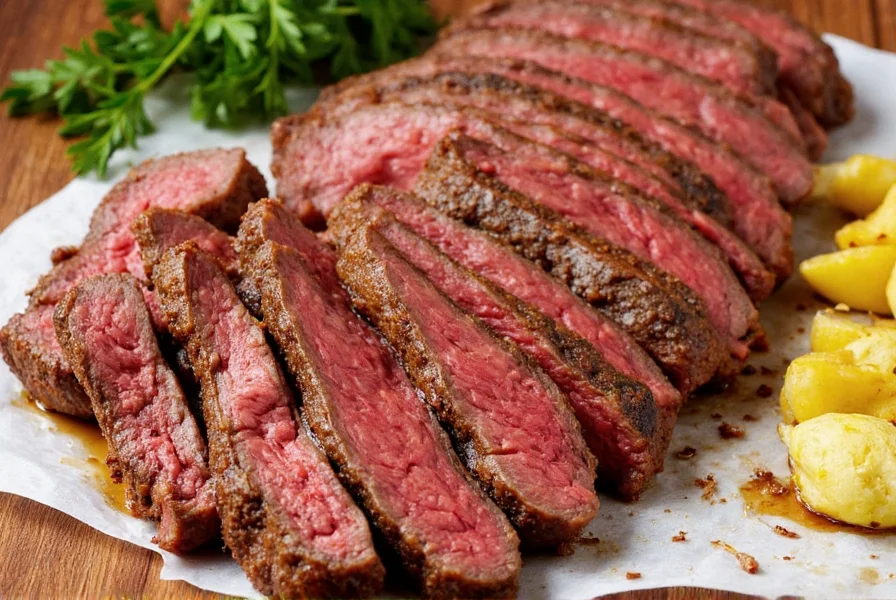
5 Flavor-Perfecting Tips:
- Toast whole ancho chiles before grinding to unlock deeper, richer flavors.
- Add a splash of coffee or espresso powder to enhance the earthy notes of the ancho.
- Balance the sweetness of ancho with acidic elements like lime juice or vinegar.
- Don't skip the resting period - it allows flavors to fully integrate with the meat.
- Experiment with complementary spices like cumin, oregano, and Mexican cinnamon.
Best Cuts for Ancho Beef
| Cut | Texture | Best For | Cooking Method |
|---|---|---|---|
| Brisket | Fatty and chewy | Barbecue, large gatherings | Low and slow smoking |
| Chuck Roast | Tender when cooked | Stews, sandwiches | Braising, pressure cooker |
| Skirt Steak | Thin and juicy | Tacos, fajitas | Grilling or pan-searing |
| Ribeye | Rich and buttery | Steak lovers, date nights | Grilling, reverse sear |
Pairing Suggestions & Serving Ideas
Ancho beef shines brightest when paired with complementary sides and beverages. Here are some ideas to elevate your meal:
- Sides: Garlic mashed potatoes, grilled corn, Mexican street salad, or cilantro-lime coleslaw.
- Sauces: Chipotle aioli, avocado crema, or a tangy lime-honey drizzle.
- Drinks: Craft lager, margarita, hibiscus agua fresca, or a smoky mezcal Old Fashioned.
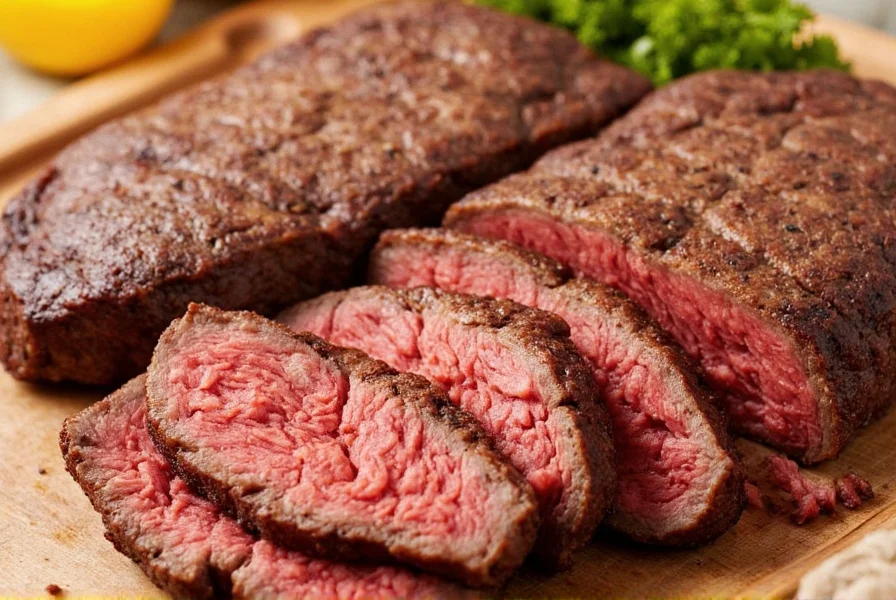
Try serving ancho beef in tacos with warm tortillas, pickled jalapeños, and fresh avocado slices for a casual yet flavorful twist.
Buying Guide: Finding the Best Ingredients
Creating a stellar ancho beef starts with quality ingredients. Below are recommendations for each key component:
1. Ancho Chiles
- Brand: La Costeña or Goya
- Form: Whole dried chiles or ground powder (for convenience)
- Use Case: Rubs, sauces, moles, or soups
2. Beef Cuts
- Where: Local butcher shop or trusted online supplier
- Quality: USDA Choice or Prime grade recommended
- Size: 2–5 lbs depending on method and number of servings
3. Spice Blends
- Homemade: DIY blend using ground ancho, cumin, smoked paprika, garlic powder, and brown sugar
- Store-Bought: McCormick Grill Mates Smoky Chipotle or Badia Ancho Chile Seasoning
4. Cooking Tools
| Tool | Brand | Features | Occasion |
|---|---|---|---|
| Smoker | Char-Broil | Digital temp control, large chamber | BBQ parties |
| Cast Iron Skillet | Lodge | Even heat retention, oven-safe | Reverse searing |
| Instant Read Thermometer | ThermoWorks MK4 | Precise temperature readings | All cooking methods |
Frequently Asked Questions (FAQs)
What makes ancho beef different from regular beef recipes?
Ancho beef stands out due to its signature flavor profile from ancho chile peppers, which provide a unique combination of mild heat, smokiness, and fruity sweetness. Unlike regular beef recipes that might use generic spices, ancho beef features this distinctive Mexican ingredient that creates a complex, layered flavor experience.
How can I achieve the perfect smoky flavor in my ancho beef?
To achieve the perfect smoky flavor, use high-quality dried ancho chiles (which naturally have smoky notes), consider adding a small amount of smoked paprika to your rub, and if smoking the meat, use wood chips like hickory or mesquite. For oven roasting, adding a touch of liquid smoke can help replicate that authentic barbecue flavor.
What's the ideal marinating time for ancho beef?
For optimal flavor penetration, marinate ancho beef for at least 4 hours, but preferably 12-24 hours. The longer marinating time allows the ancho flavors to fully permeate the meat. However, if using a dry rub rather than a wet marinade, 4-8 hours is sufficient as the spices don't need as much time to work their magic.
Can I make ancho beef without a smoker?
Absolutely! While smoking enhances the flavor profile, you can achieve delicious ancho beef using your oven, grill, or stovetop. For oven preparation, try the reverse sear method. On a grill, use indirect heat. You can also add smoked paprika or a small amount of liquid smoke to your rub to mimic the smoky flavor without actual smoking.
How do I balance the heat level in ancho beef to my preference?
Ancho chiles are naturally mild (1,000-2,000 Scoville units), but you can adjust the heat level by: 1) Removing seeds and veins from fresh or rehydrated chiles for milder flavor, 2) Adding hotter chiles like chipotle or cayenne for more heat, 3) Balancing with sweet elements like brown sugar or honey, and 4) Incorporating cooling elements like avocado crema when serving.
What are the best side dishes to serve with ancho beef?
Classic pairings include cilantro-lime rice, grilled vegetables, black bean salad, and roasted sweet potatoes. For a more traditional Mexican presentation, serve with warm tortillas, pico de gallo, and guacamole. The key is to balance the smoky, slightly sweet heat of the ancho beef with fresh, bright, or cooling elements.
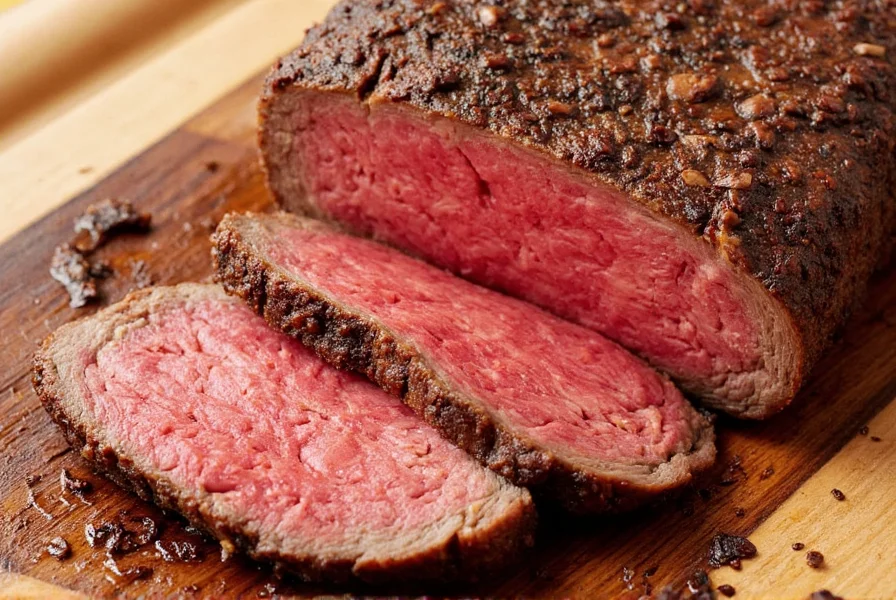
Conclusion
Ancho beef is more than just a recipe — it's a celebration of flavor, technique, and tradition. Whether you're hosting a backyard cookout or enjoying a cozy family dinner, mastering the art of ancho beef can bring a whole new level of excitement to your meals.
From selecting the perfect cut to crafting a custom rub and pairing it with the right sides and drinks, you now have all the tools to become an ancho beef connoisseur. So fire up the smoker, grab your favorite spices, and get ready to impress your taste buds and guests alike.
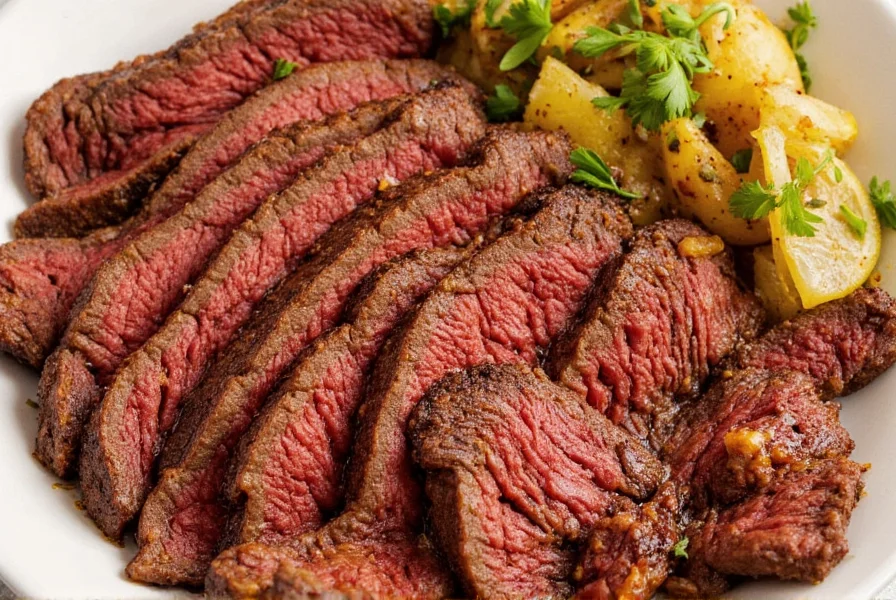
Now go forth and season your world with the bold, beautiful heat of ancho beef!

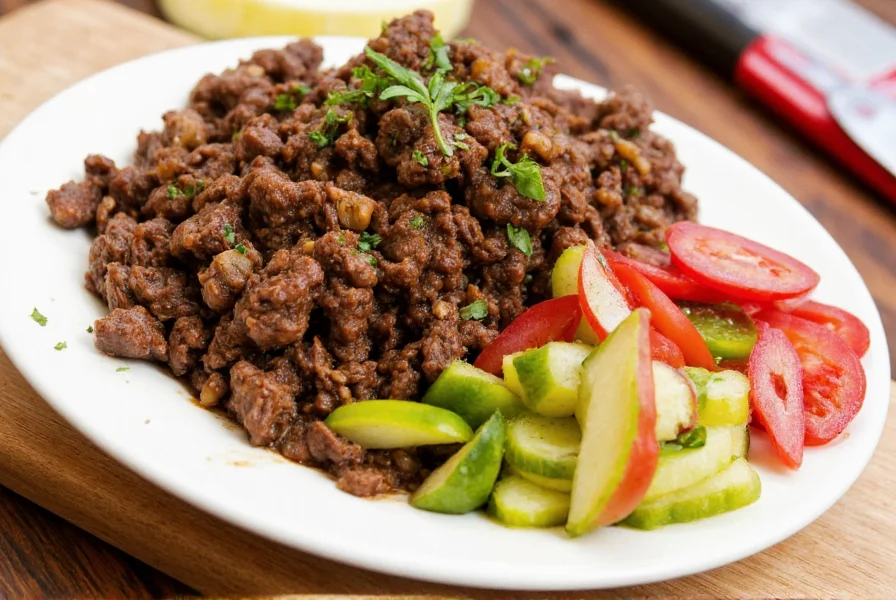









 浙公网安备
33010002000092号
浙公网安备
33010002000092号 浙B2-20120091-4
浙B2-20120091-4